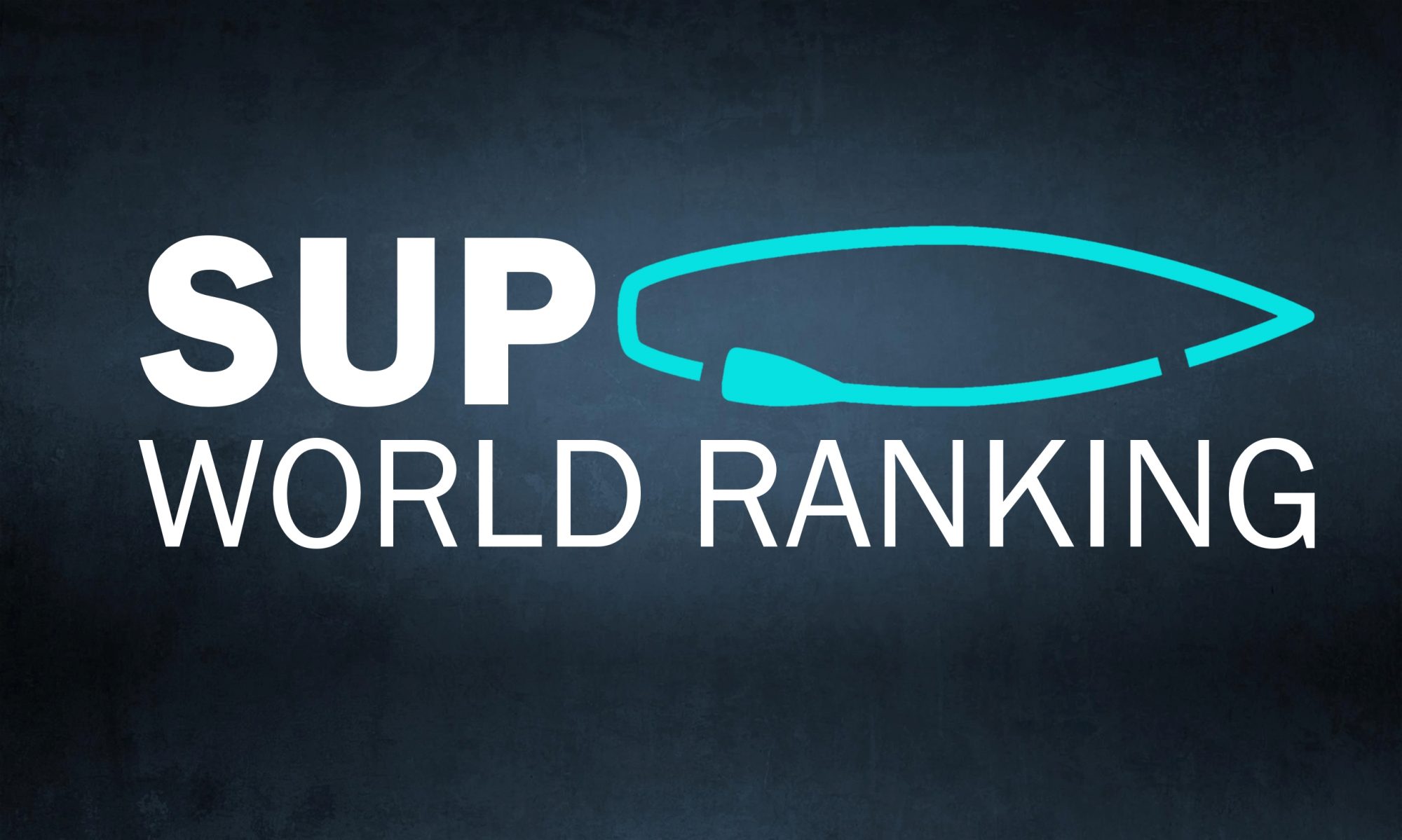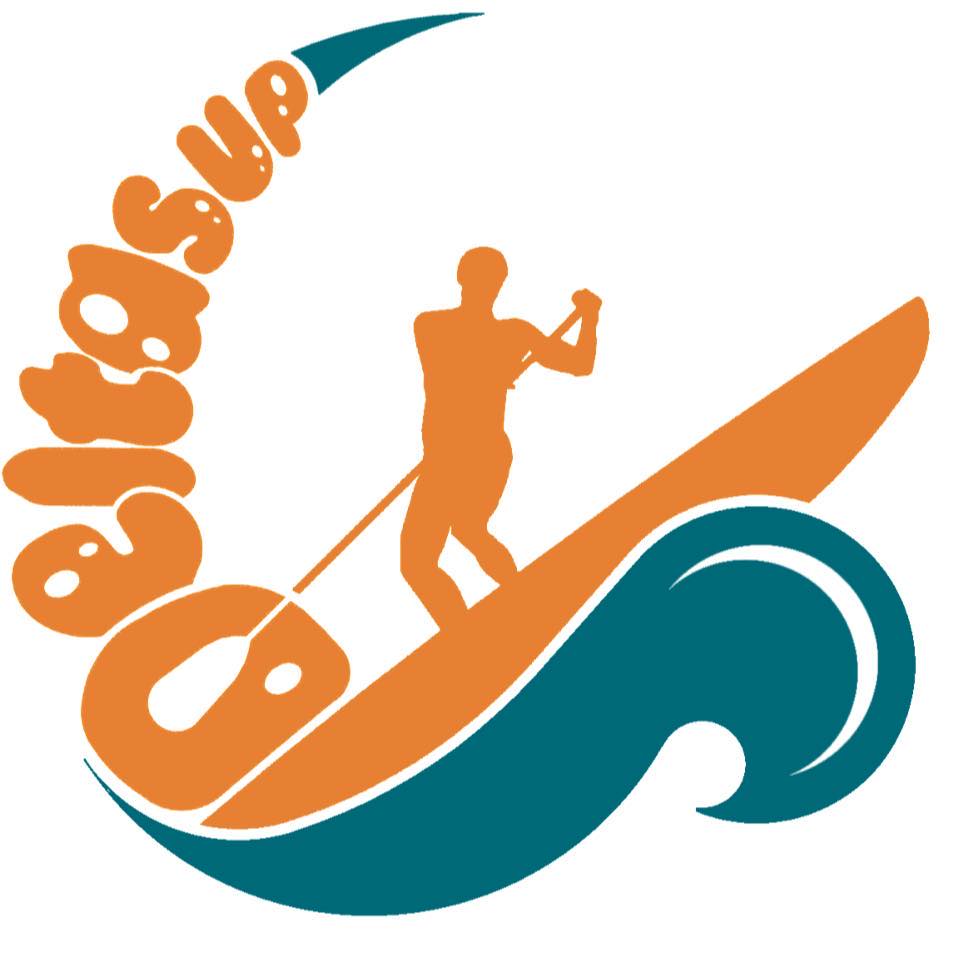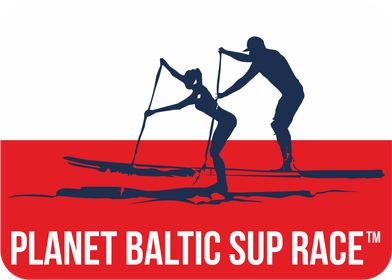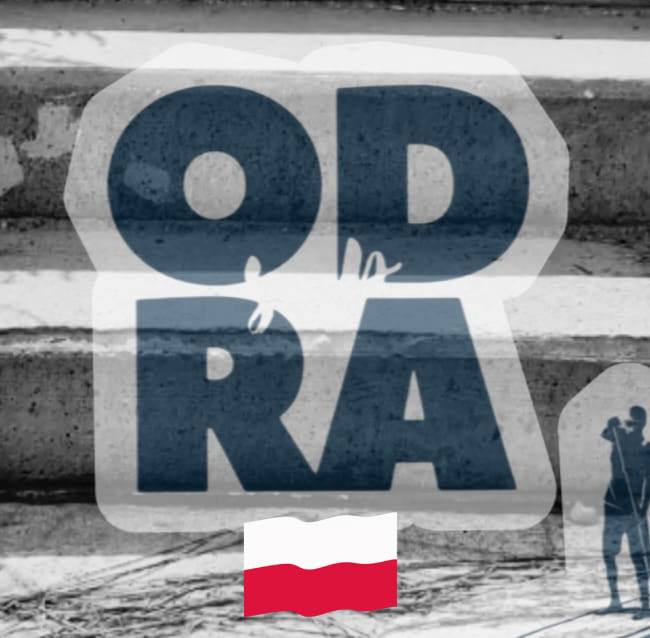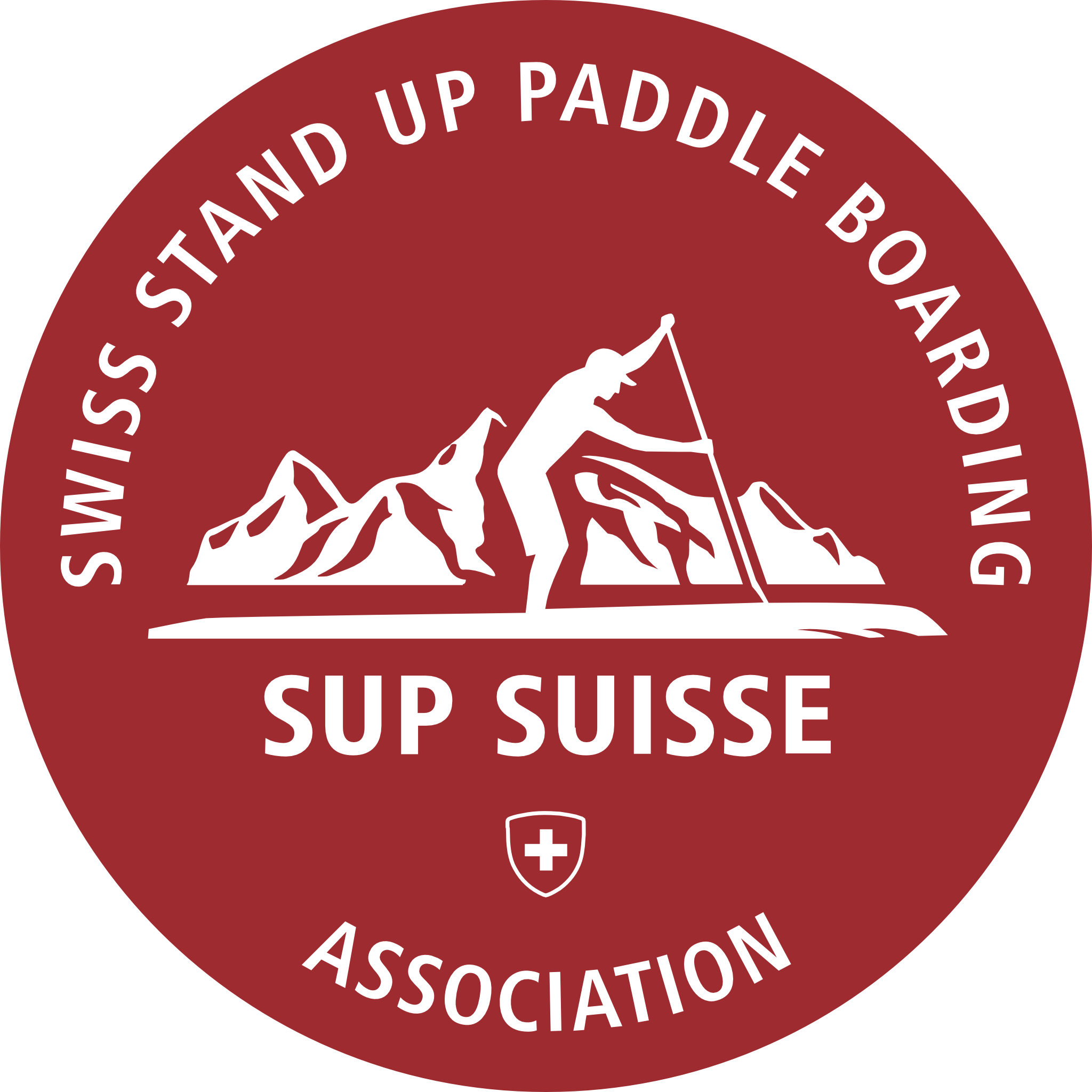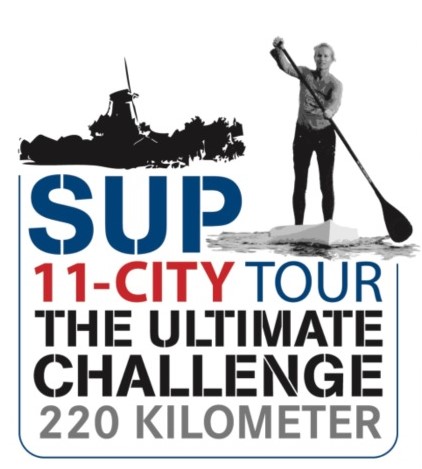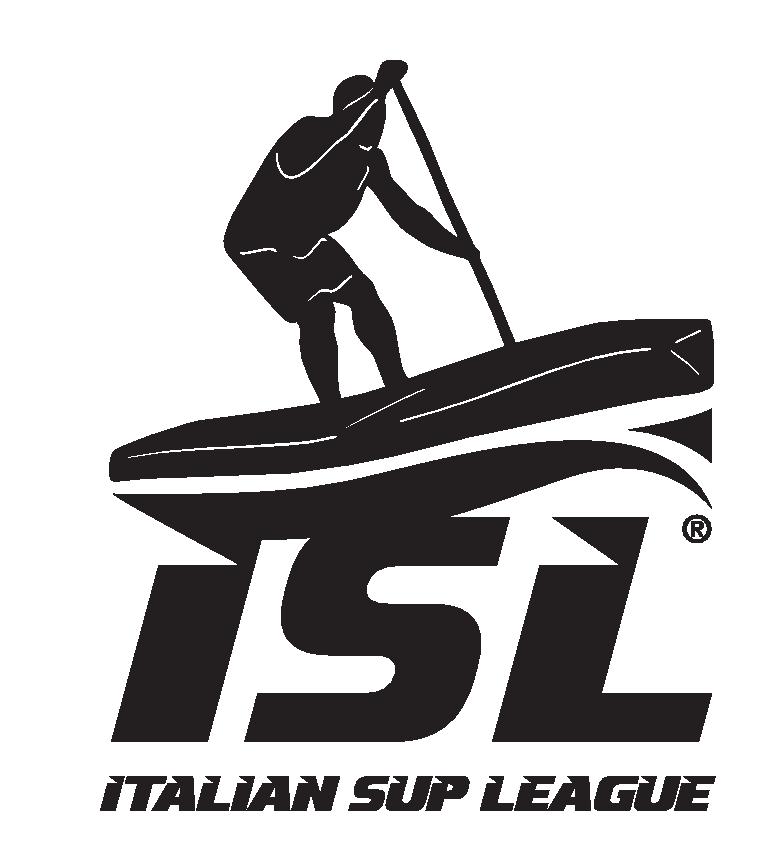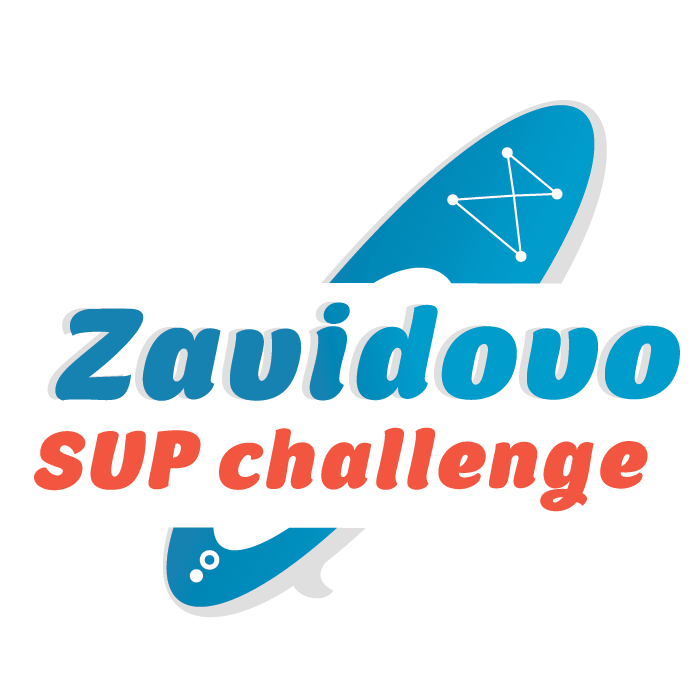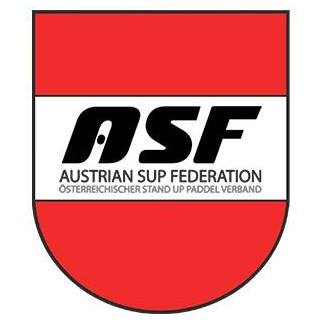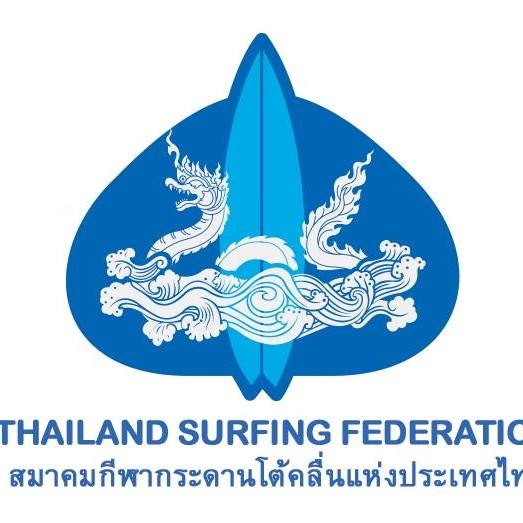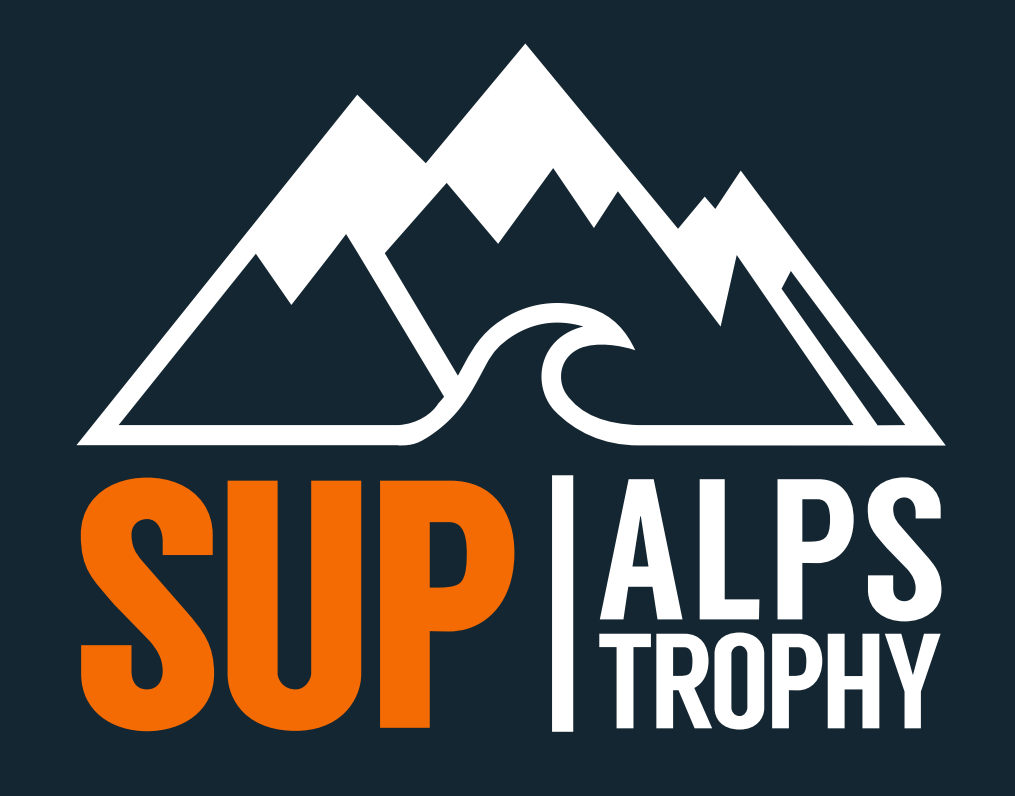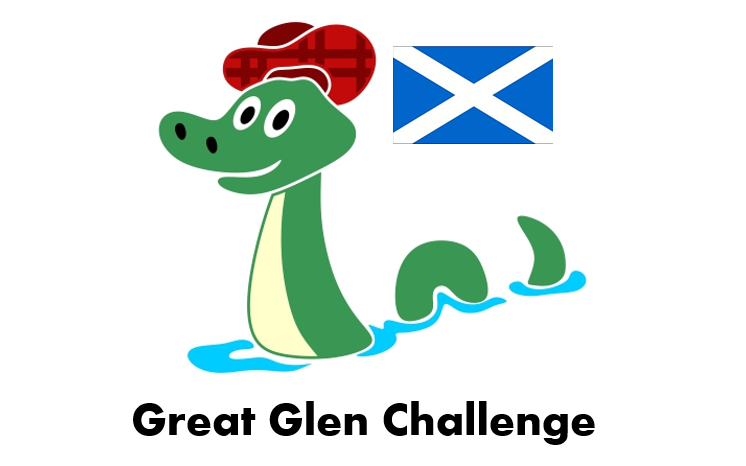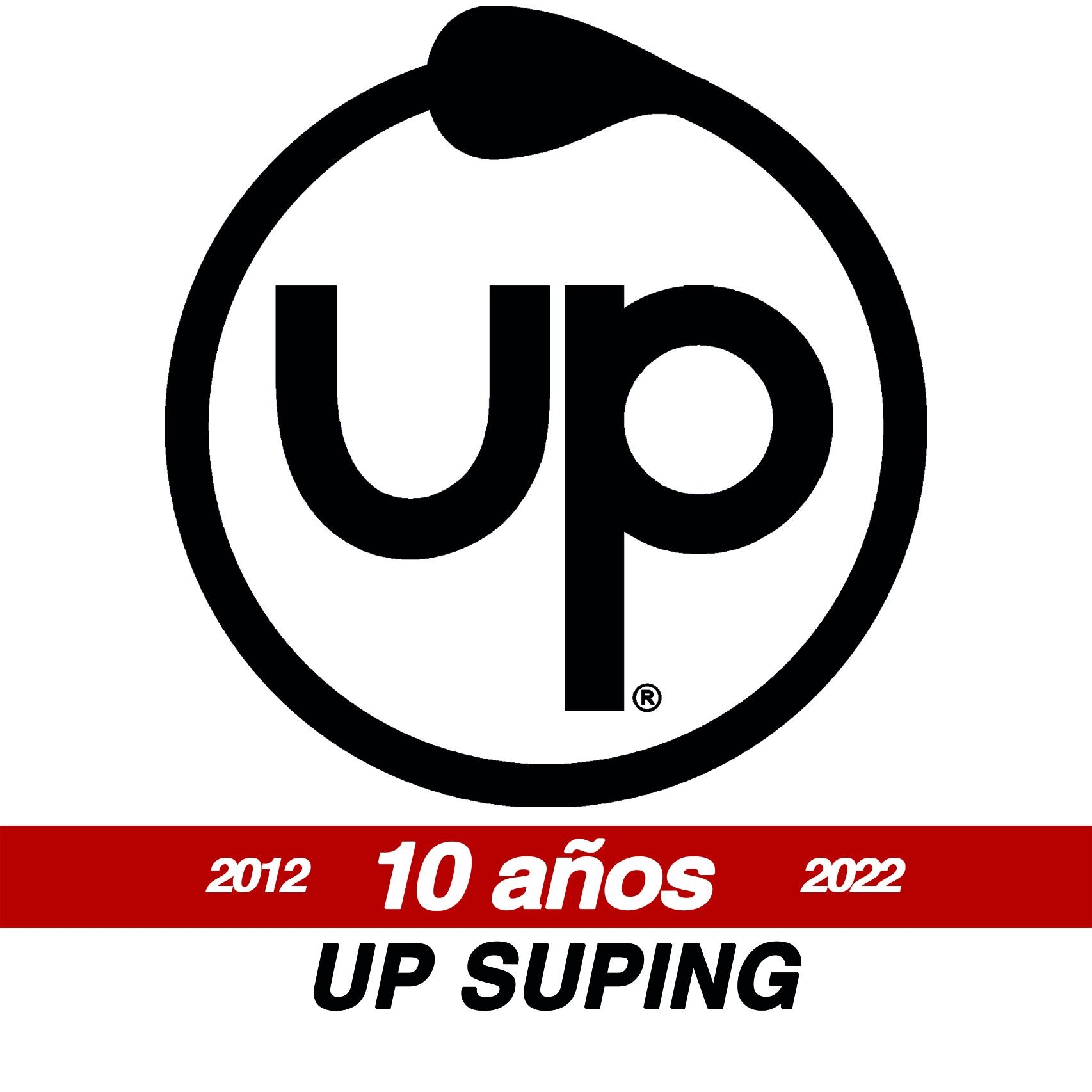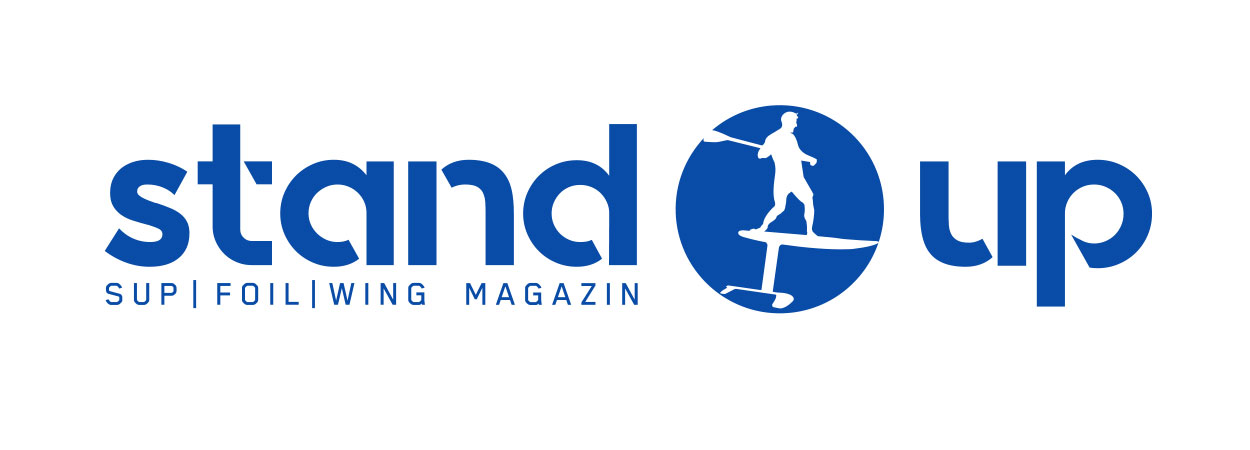In many races we can’t even score the women’s race because we don’t even have the minimum 10 runners. If their number reaches 40% of the total starters, we will change the scoring!
Were we to account for the TOP 20 female athletes just as we do with the males (this means that at least 15 participants need to finish an event-) 40% of the races would have been eliminated from the list. So we made an exemption for the female athletes, lowered the number of the participants necessary, and score the top 10.
Their popularity is unquestionable. Nevertheless, we cannot rank them in a specific category based on objective numbers.
There are many unanswered questions in determining the value of these races.
– Which is worth more, a 220 km 5-day race or a 220 km 24-hour race?
– A 110 km one-day race or a 750 km multi-day race?
– Is it the tandem or the team victory ?
– Is it the victory of the unlimited board or the 14″ that counts.
– Who can check if there was outside help during the multi day race ?
But one of the most important reasons is that the number of participants is often less than 20 (not to mention the number of finishers)
Therefore, in different parts of the world, there may be long-distance races of 4-5 kilometres, and technical races of 5-6 kilometres too.
Unfortunately sprint races are also very different !
It would be important for the development of the sport that the Federations come to a common position.
SUP WORLD RANKIN is open to all and registration is free of charge.
Only the minimum registration requirements must be met.
The event must have a total of at least 40 registered starters who finished the race, or the participation of competitors from a minimum of 7 different countries. Exceptions are the Ultra Long Distance endurance races over 100 kilometres , where the minimum number of competitors is 25.( together with all category, with all registered racers)
– Only the 14″ foot hard race board category can be placed in the rankings.
– The top 20 men (at least 15 competitors are required ) and the top 10 female riders (at least 6 competitors are required ) get points.
– The organizer agrees that the information that he returns will be presented on our website.
This is only possible if the number of competitors in the competitions is as high as possible.
This is a prerequisite for the promotion of our sport!
Of course, we plan to evaluate the best and most successful riders in a separate ranking over time.
Our goal is to provide a comprehensive overview of SUP competitions and results.




